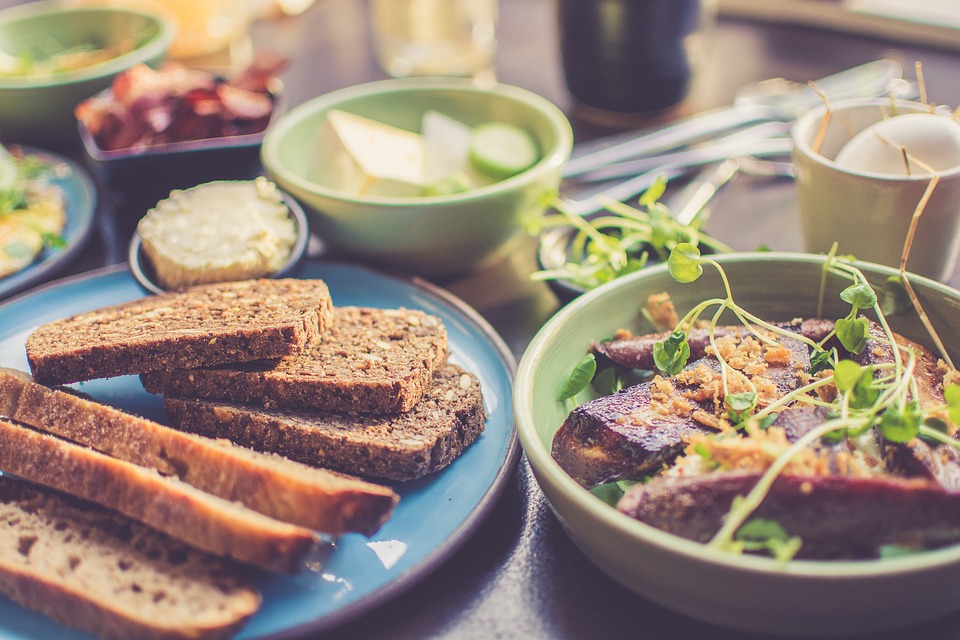A local dietitian is giving the new Canada food guide a passing grade. The new guide released on January 22 removes food groups and portion sizes, depicted in a rainbow or pyramid, and swaps it out for a plate. It makes rations for half a meal for fruits and vegetables, a quarter for whole-grain carbohydrates and a quarter for sources of protein.
Protein sources include meat, eggs, dairy, and plant-based sources like beans, lentils and tofu. It also removes fruit juice entirely, recommending that your drink of choice is plenty of water. Heather Reid of Empower You Nutrition says the new guide has a lot of great advice that takes industry out of your diet.
“They took our a lot of the industry push behind it. You’re not going to see some of the food groups that were emphasized before. I know there was a lot of talk that there’s no more meat in it. There’s still meat in it, but there’s an emphasis on other foods that you can eat to fill those needs as well,” says Reid. She highlights that sources of protein are put beside each other, whether animal or plant-based.
“They’re not saying ‘no meat’. They’re just saying eat meat, but there are also eggs, there are also beans, there are other ways you can eat those protein foods.”
Reid also applauds the pulling of fruit juice from the food guide. According to her, water should be your primary source of hydration, and fruit juices taste delicious because of a drop-for-drop sugar dose similar to pop.
“I always put it out there, you wouldn’t typically serve your child pop for breakfast. If you were to do a sugar comparison, it’s the same. A lot of times people who are actually enjoying that juice, I get them to put the same amount of sugar in water and try that. It does not taste good.”
Reid says the best way to get vitamins we find in fruit juice is to eat whole fruits. She also likes the new food guide’s recommendations on not just what we eat, but how we eat it. The references in the new food guide to mindful eating and enjoying your food is something she discusses in her own practice.
“That’s something I discuss with my patients, is taking the moment to actually enjoy your food and be present in that moment. That’s something they discuss as well; enjoy your food. And that’s what it comes down to, we have to actually like what we’re eating. It has to taste good!”
The new guide’s other recommendations for cooking more may be challenging for busy people. Reid says that cooking at home more can be helped by just having a plan. Meal planning for your busiest days can be helped by having chopped or frozen vegetables on hand and ready to cook with.
“Even if you have to buy chopped vegetables, or a chopped up fruit tray, that’s still healthier than the alternatives. Cooking at home doesn’t have to mean entirely from scratch. You can cut a few corners by having chopped vegetables, frozen vegetables, those type of things.”
The new food guide may look intimidating to some people who may not know where to start incorporating its recommendations. Reid suggests those changes for a better diet can start small and slow until you get less overwhelmed by a sharp change in diet.
“Try making that change slowly, slowly decrease that protein portion or that carb, those whole grain foods. If right now your plate looks like a plate of spaghetti with a few pieces of broccoli or a few pieces of lettuce, slowly decrease that spaghetti and ad a bit more lettuce, or vice versa with the protein. Maybe try doing a meatless Monday where you try a few lentils or a few other dishes.”
The new food guide also features a number of recipes to complement its advice. Recipes for breakfast, lunch and dinner can be found on Health Canada’s website.




